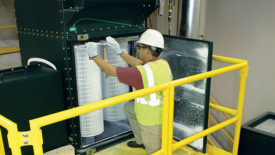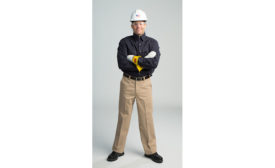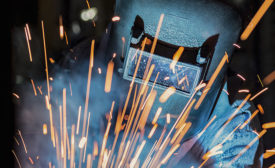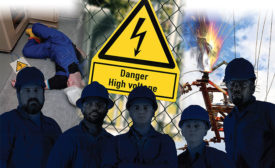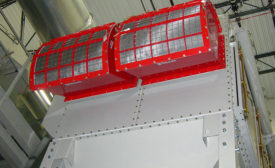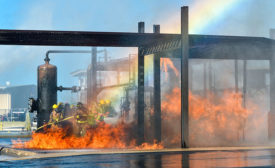Home » Keywords: » NFPA standards
Items Tagged with 'NFPA standards'
ARTICLES
2020 Top Standards: National Fire Protection Association (NFPA)
NFPA 652 standard on fundamentals of combustible dust
January 1, 2020
2020 Top Standards: NFPA
NFPA 652 standard on fundamentals of combustible dust
December 20, 2019
Stay current with PPE safety standards
What you need to know about ASTM F2413, NFPA 2112, NFPA 70E and EU standards
December 4, 2019
NFPA 70E’s focus on preventing human error
All about human performance, error precursors & risk
October 1, 2019
How safe is your dust collection?
6 questions to evaluate safety, risk of deflagration & compliance
August 1, 2019
Selection, care & use of FR garments
NFPA 2113 standard spells it out for you
January 18, 2019
Get our new eMagazine delivered to your inbox every month.
Stay in the know on the latest safety trends.
SUBSCRIBE TODAYCopyright ©2024. All Rights Reserved BNP Media.
Design, CMS, Hosting & Web Development :: ePublishing
